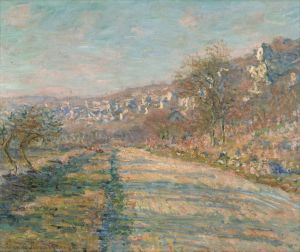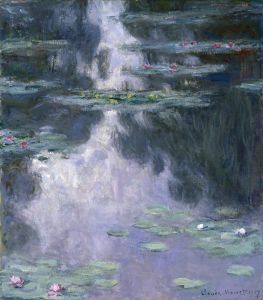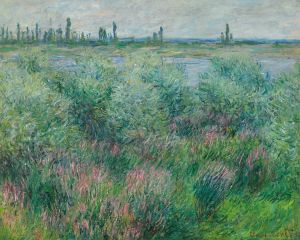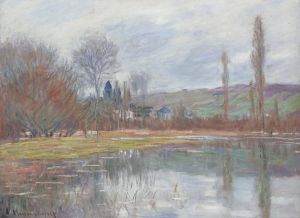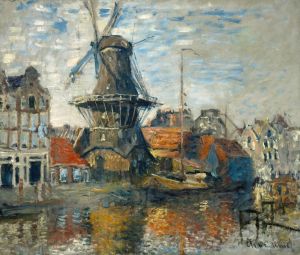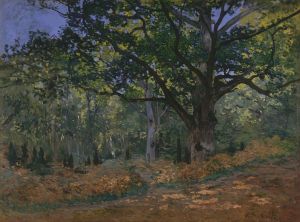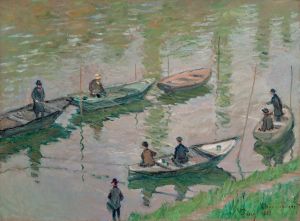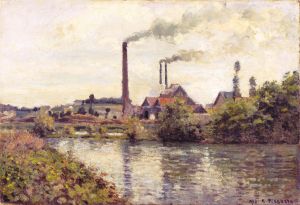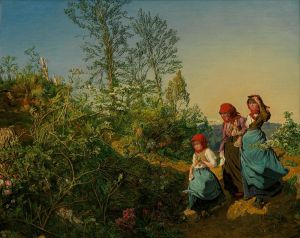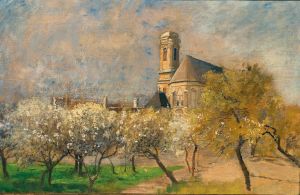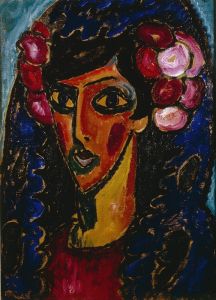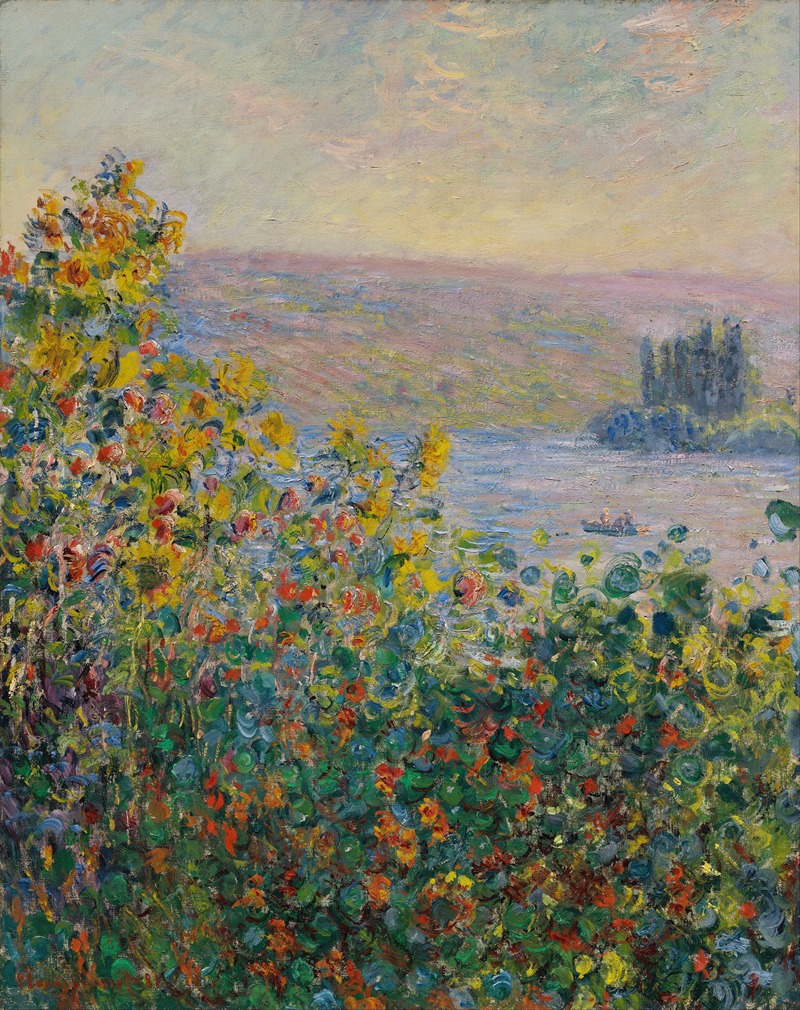
Flower Beds at Vétheuil
A hand-painted replica of Claude Monet’s masterpiece Flower Beds at Vétheuil, meticulously crafted by professional artists to capture the true essence of the original. Each piece is created with museum-quality canvas and rare mineral pigments, carefully painted by experienced artists with delicate brushstrokes and rich, layered colors to perfectly recreate the texture of the original artwork. Unlike machine-printed reproductions, this hand-painted version brings the painting to life, infused with the artist’s emotions and skill in every stroke. Whether for personal collection or home decoration, it instantly elevates the artistic atmosphere of any space.
"Flower Beds at Vétheuil" is a painting by the renowned French Impressionist artist Claude Monet. Created in 1881, this artwork is a vibrant representation of Monet's fascination with nature and his innovative approach to capturing light and color. The painting is part of a series of works Monet produced during his time in Vétheuil, a small village located along the Seine River in northern France, where he lived from 1878 to 1881.
Monet moved to Vétheuil with his family during a challenging period in his life, both financially and personally. Despite these difficulties, the time he spent in Vétheuil proved to be incredibly productive artistically. The village and its surroundings provided Monet with ample inspiration, and he produced over 150 paintings during his residence there. "Flower Beds at Vétheuil" is one of these works, showcasing his deep appreciation for the beauty of the natural world.
The painting depicts a lush garden scene, filled with an array of colorful flowers. Monet's use of vibrant colors and loose brushwork is characteristic of his Impressionist style, which sought to capture the fleeting effects of light and atmosphere. In "Flower Beds at Vétheuil," Monet employs a palette of rich greens, pinks, yellows, and blues, creating a sense of movement and life within the garden. The composition is structured yet spontaneous, reflecting Monet's ability to convey the essence of a scene without focusing on intricate details.
Monet's technique in this painting involves the use of short, quick brushstrokes, which blend together when viewed from a distance to form a cohesive image. This method allows the viewer to experience the painting as a whole, rather than focusing on individual elements. The result is a dynamic and immersive depiction of a garden in full bloom, inviting the viewer to step into Monet's world and experience the tranquility and beauty of nature.
The garden depicted in "Flower Beds at Vétheuil" is believed to be part of Monet's own garden at his home in Vétheuil. Gardening was a passion for Monet, and he often used his own gardens as subjects for his paintings. This personal connection to the subject matter adds an intimate dimension to the work, as it reflects Monet's own environment and his deep connection to the natural world.
"Flower Beds at Vétheuil" is an excellent example of Monet's mastery of color and light, as well as his ability to convey emotion through his art. The painting is housed in the Musée d'Orsay in Paris, where it continues to be admired by visitors from around the world. It remains a testament to Monet's enduring legacy as one of the leading figures of the Impressionist movement, and his ability to transform everyday scenes into extraordinary works of art.





